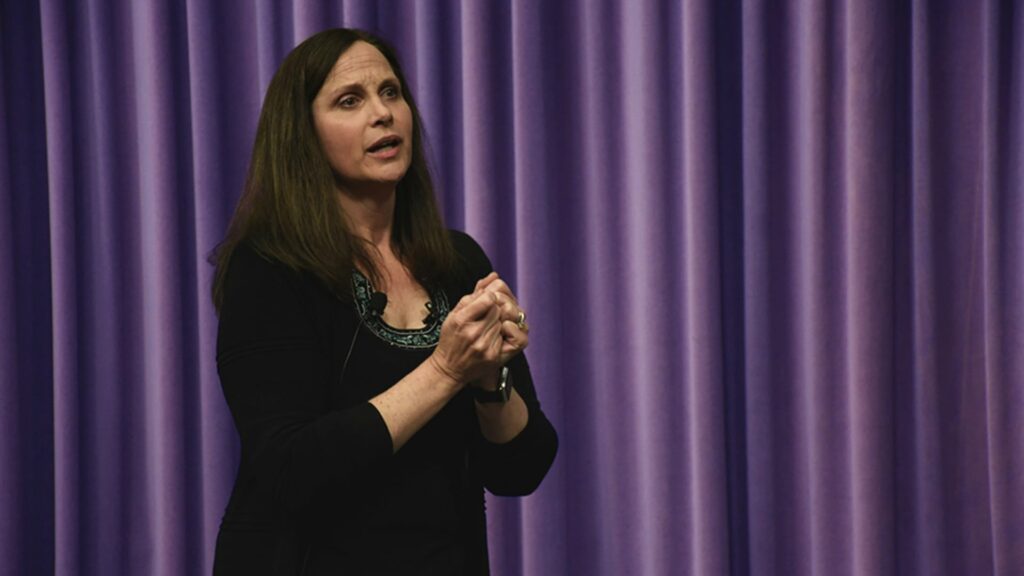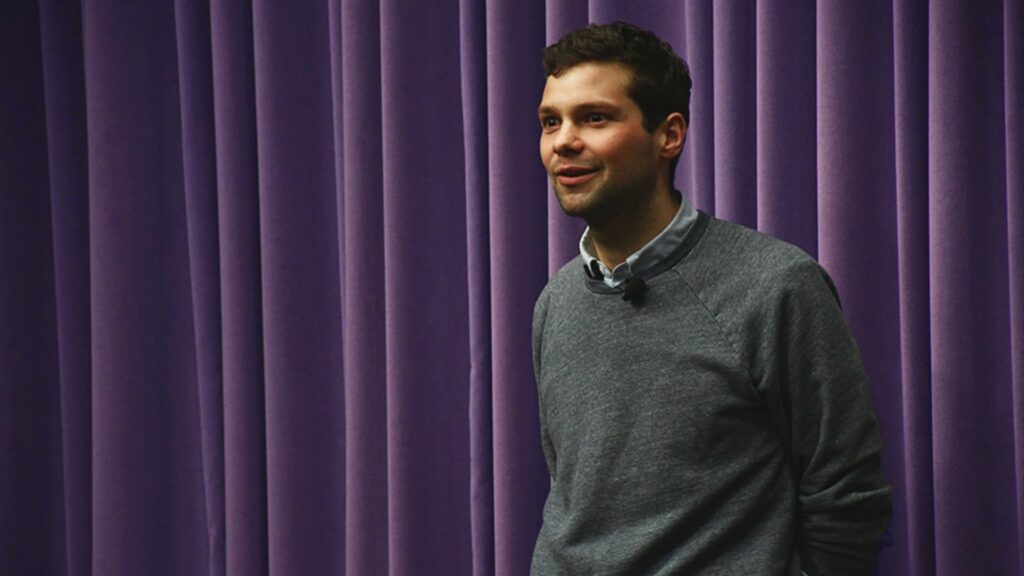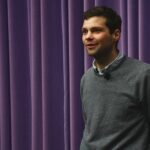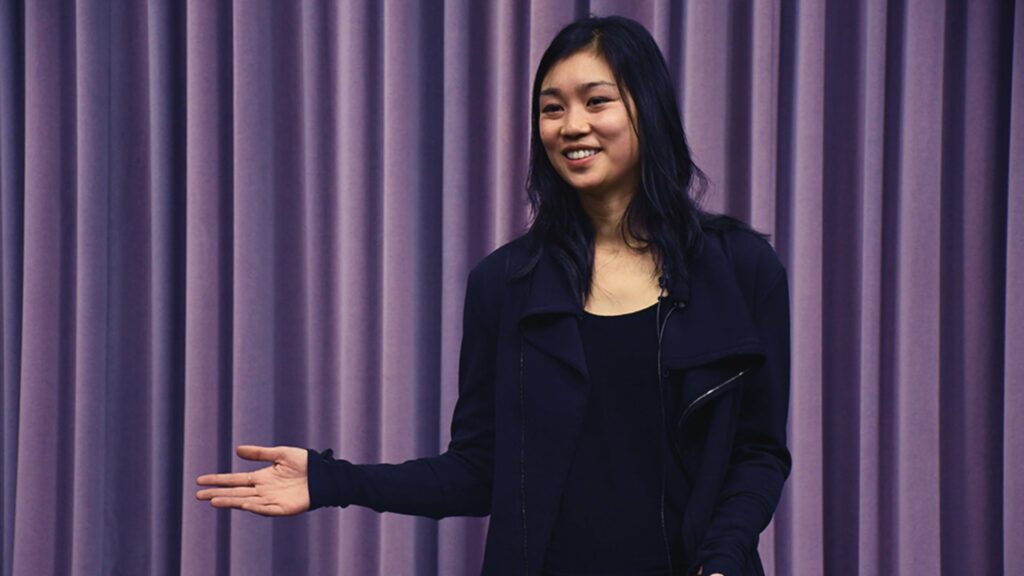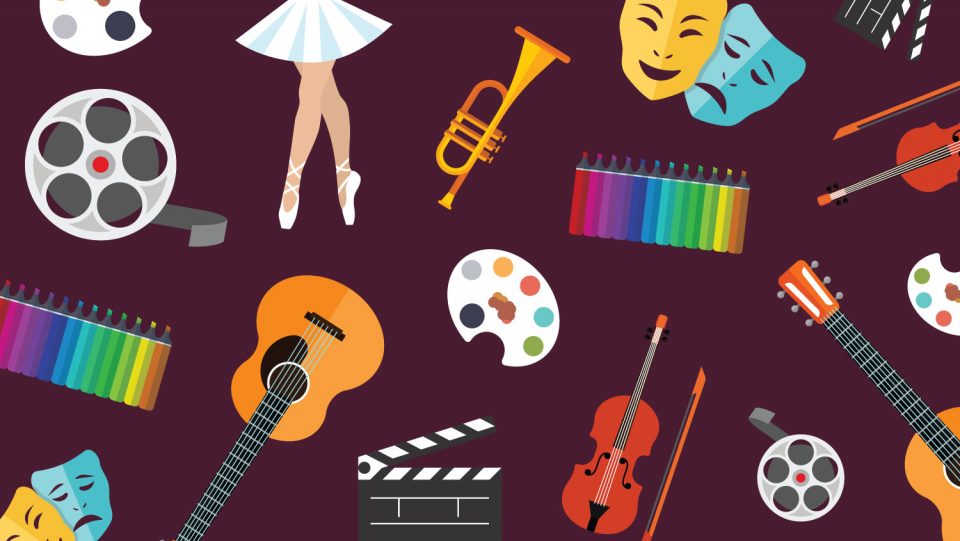
Today, technology entrepreneurship and the arts are often characterized as clashing forces in society. As tech startups proliferate in a city, we hear the familiar cry that gentrification will sterilize the creative and artistic soul of the community – and that rising housing costs will put artists out on the street.
But both disciplines play a crucial role in shaping our world, so wouldn’t it be better to start from a place of empathy, rather than rivalry? Artists and entrepreneurs have so much in common: Each discipline requires creativity and vision to bring an idea to life, and whether you’re a musician or a technologist, without passion you’ve got nothing. Even the underlying strategies and satisfaction felt from a dream realized are similar.
Take Meow Wolf, a Santa Fe-based art collective and production company. It started as a group of artists with a desire to create a space to host music shows, make art, and be expressive in their community. As their installations started gaining traction, the artists began looking for a way to support the collective financially, which was the beginning of their journey into the world of scalability and entrepreneurship.
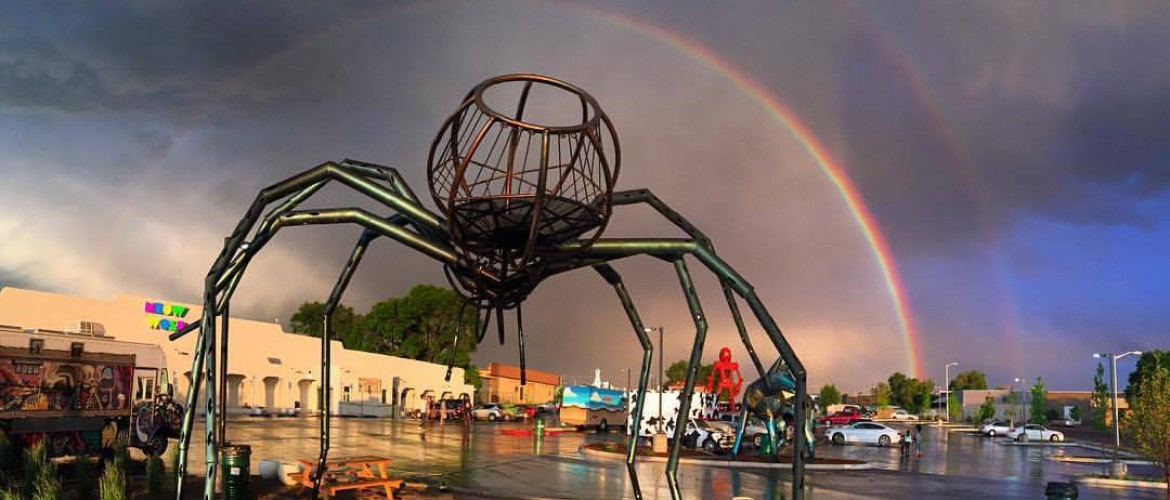
“As artists, we emerged as entrepreneurs largely because we were looking for alternatives to the traditional art world model,” said Sean Di Ianni, co-founder and chief operating officer at Meow Wolf. “What fueled our ability to make opportunities for ourselves was both a sense of strength in numbers and also a real enjoyment of the unpredictability of working collaboratively.”
Furthermore, Di Ianni’s experience as an artist helped prepare him for the world of uncertainty that startup founders often face: “As an artist I always seem to be solving strange or unexpected problems to push my work forward. I think the work I’ve done in building a business is an extension of that process of propelling myself into unknown creative territory.”
More similar than not
In one of his blog posts, entrepreneurship educator Steve Blank begins by presenting two kinds of artists: composers and performers, where the former are the ones who create and latter are those who execute that creative vision. “Founders fit the definition of a composer: they see something no one else does. And to help them create it from nothing, they surround themselves with world-class performers,” Blank writes.
“This concept of creating something that few others see – and the reality distortion field necessary to recruit the team to build it – is at the heart of what startup founders do,” he continues. “It is a very different skill than science, engineering, or management.”
Blank’s colleague, Stanford Professor Tom Byers, concurs. The holder of the Entrepreneurship Professorship endowed chair in the university’s engineering school, Byers has taught students the art and science of technology venture formation for over 20 years – drawing from his faith in higher education and experience in the startup world before coming to academia.
When he first graduated, however, Byers was a guitarist for several touring blues bands. He performed in over 100 gigs, all in his 20s, and yet can still easily see the similarities between being a musician and an entrepreneur. “To me, they bring the same sort of joy. When performing, I felt in flow, I felt joy, I felt like I was having impact,” Byers said. “Putting together a band and making a living – the feeling that I was doing something I was born to do, that’s the same feeling I got when I decided to pursue entrepreneurship and academia.”
Beyond these feelings of individual joy and passion, Byers explains that the two biggest components of innovation – creativity and teamwork – are the foundation of both music and entrepreneurship.
“Innovation in both music and technology entrepreneurship is rooted in creativity and teamwork. Finding the harmony between creativity and teamwork, and developing a culture and a mindset that cultivates both of those things, is essential,” said Byers, a faculty director at the Stanford Technology Ventures Program (STVP). “If you have one and not the other, you have no impact. That’s absolutely the case, whether you’re performing with a band or creating a company as a startup team.”
Arts and tech in higher education
Stanford is a familiar theater in this supposed war for relevance, with much ink spilled in the debate over whether the emphasis on a liberal-arts education has been overshadowed by Silicon Valley’s need for technical innovators. The university has launched numerous interdisciplinary initiatives in recent years that have brought arts and humanities departments closer to engineering, but even at the level of individual faculty members, the spirit of mutual respect is obvious.
Rich Cox, a lecturer at Stanford in the engineering school and Graduate School of Business, takes the intersection of art and science to heart in his own venture, a management-design firm he founded.
“We think there is something magical about the intersection of the research and theory from academics, the embodied learning from the arts, and the practical application from business,” Cox said. “Academics organize knowledge into usable frameworks, the arts thrive in giving elegant answers to ambiguous questions, and business grounds theory and expression giving concrete results.”
Art is innovation
Indeed, unique disciplines can literally go hand in hand. In his book The Innovators, Walter Isaacson explains how no less than Leonardo DaVinci, Albert Einstein and many other geniuses engaged deeply with both the arts and sciences at the peak of their inventiveness – themselves citing this interplay as the reason for their success as innovators.
“When Einstein was stymied while working out General Relativity, he would pull out his violin and play Mozart until he could reconnect to what he called the harmony of the spheres,” Isaacson writes.
Perhaps the best example of arts and startup communities coming together is the emergence of incubators outside the high-tech sector. Alice Loy, co-founder of Creative Startups, founded the company in 2007 because she realized the potential for innovation in the often-overlooked creative population.
“For a long time, there’s been this falsehood perpetuated that artists struggle with business,” Loy said. “What I would argue is that artists bring a unique perspective and creativity that allows them to see market opportunities before others see them, and then go after these opportunities in a unique and defensible way.”
Beyond their innate entrepreneurial abilities, “creatives” also have ideas and perspectives that Loy believes benefit society in the long run. She mentions data showing that entrepreneurs make social change happen. This begs the question: Who are the chosen entrepreneurs who get to shape the future? What kind of world do you want to see?
Loy adds that given how creative expression such as art, music and film are the foundation of the communities we all love to live in, we should invest in artistic entrepreneurs to build more of the world that we want to live in.
Back in Santa Fe, Meow Wolf seems to be a positive example of what happens when these types of entrepreneurs do get a chance to shape the world. “People of all ages and many walks of life have reacted with overwhelming positivity to what we’ve done with our first permanent installation,” Di Ianni said. “This is in part because people crave raw, unique, expressive experiences just as much as artists crave a place to be expressive.”

